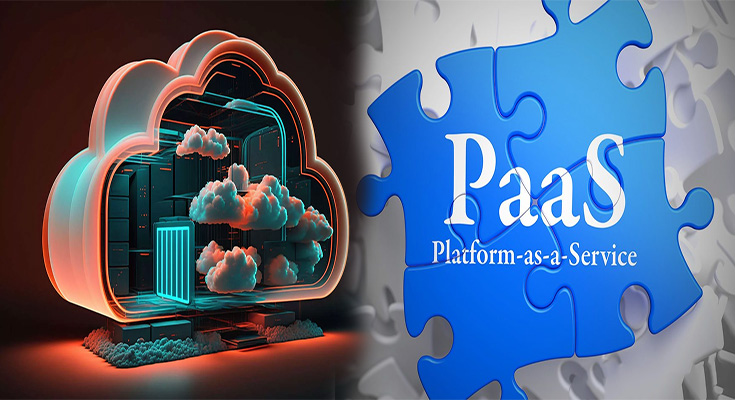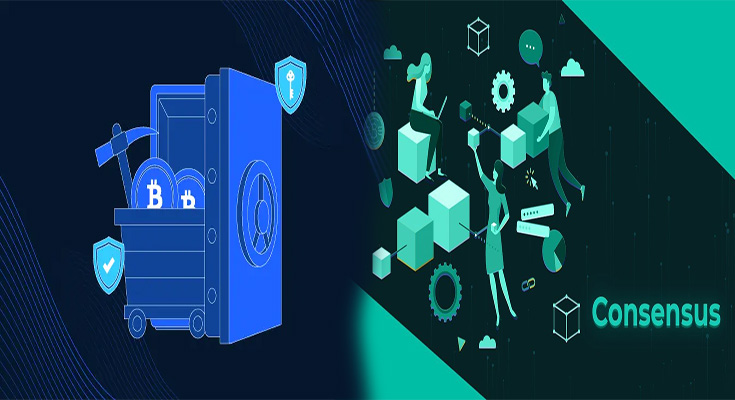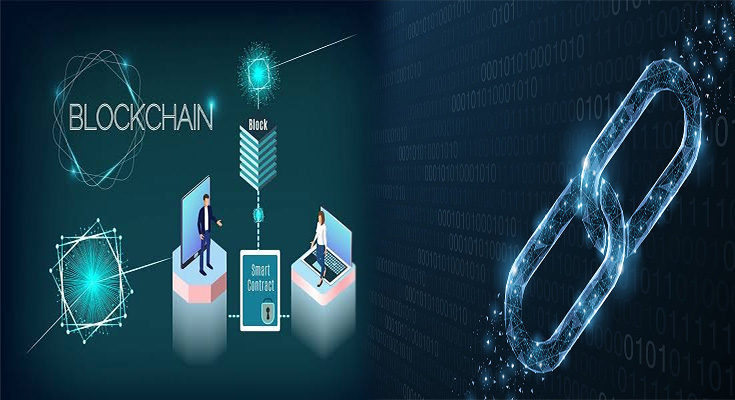
Distributed Ledger Security Primer
The distributed ledger technology (DLT) that underlies cryptocurrencies like Bitcoin and Ethereum is a promising new technology. But as with any new system, it comes with unique security considerations—ones that have received less attention than they deserve. As with many other technologies in the past, attackers will likely start small before attempting more sophisticated attacks; this post will help you understand what these attacks might look like on a blockchain-based network and how to defend against them.
The Digital Ledger
The digital ledger is a record of all transactions that have occurred on the network. It’s distributed across many nodes, which means that no one person or entity can control it. The ledger is immutable: once information has been added to it, it cannot be changed or deleted without being noticed by other participants in the network. In addition to these features making a blockchain tamper-proof, they also make it …
Distributed Ledger Security Primer Read More




